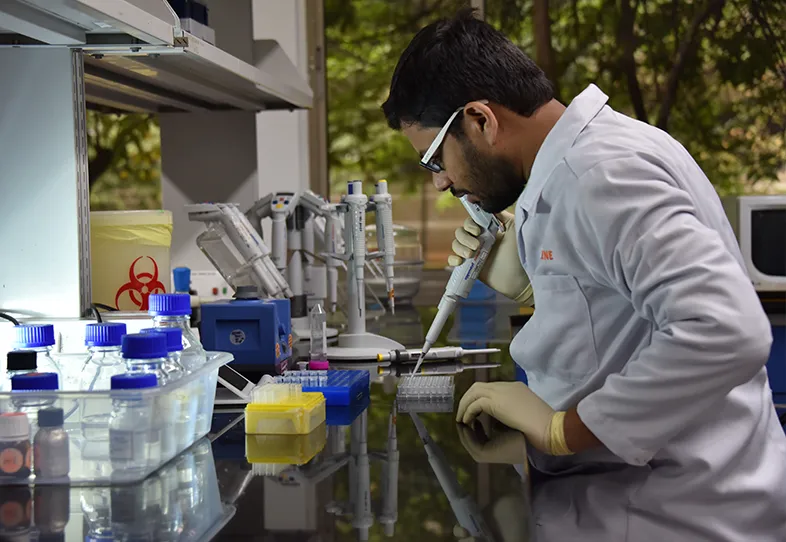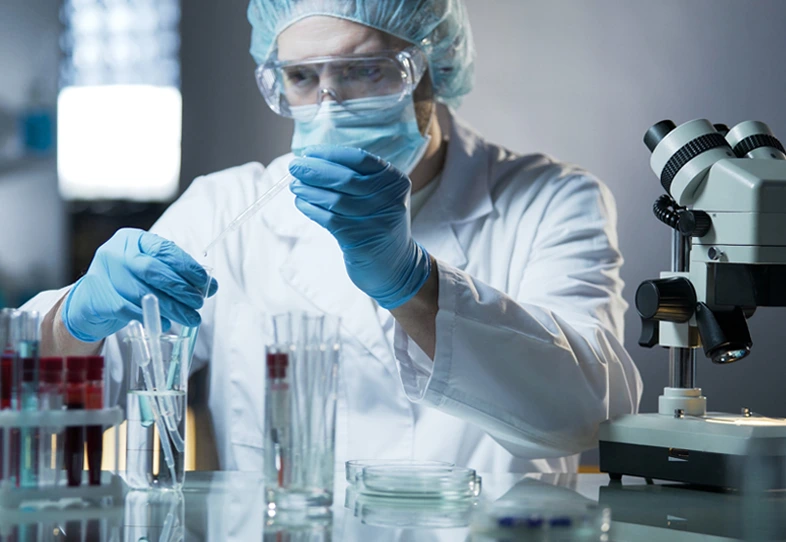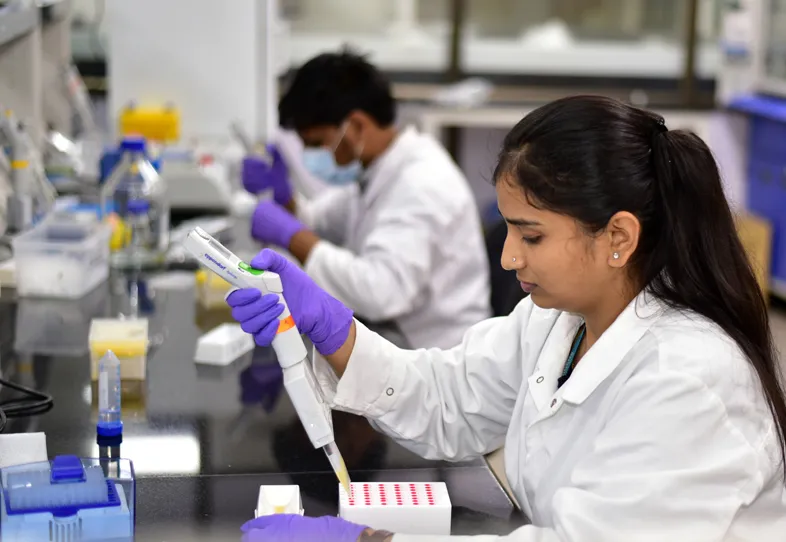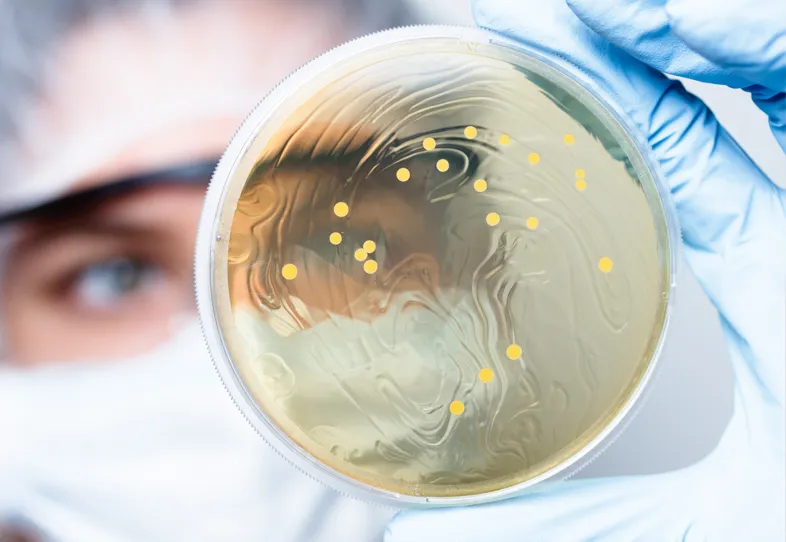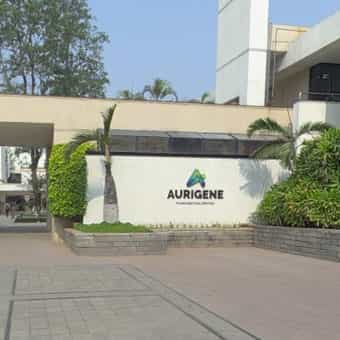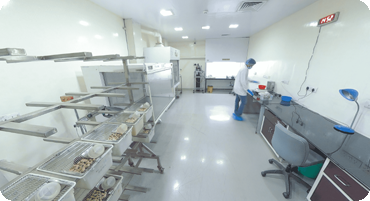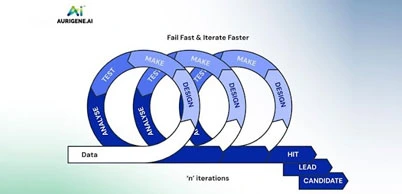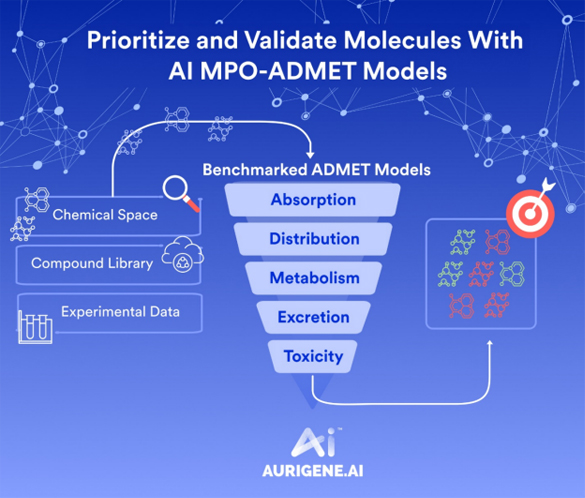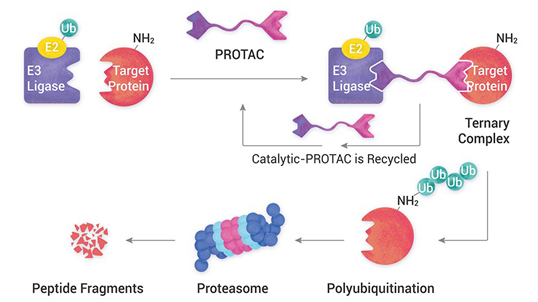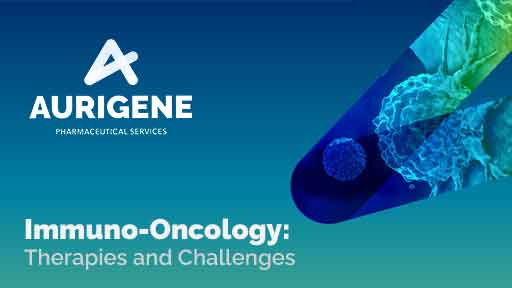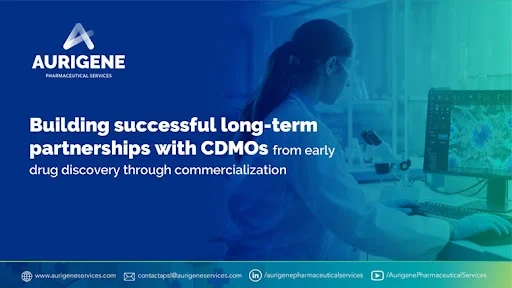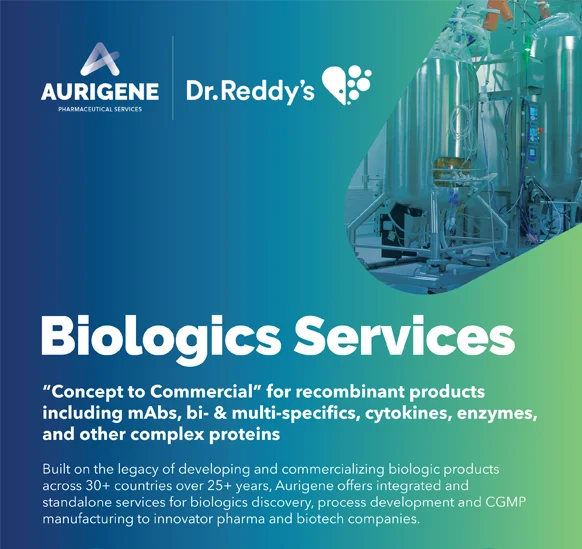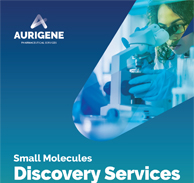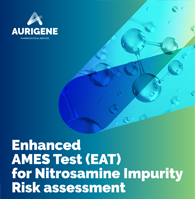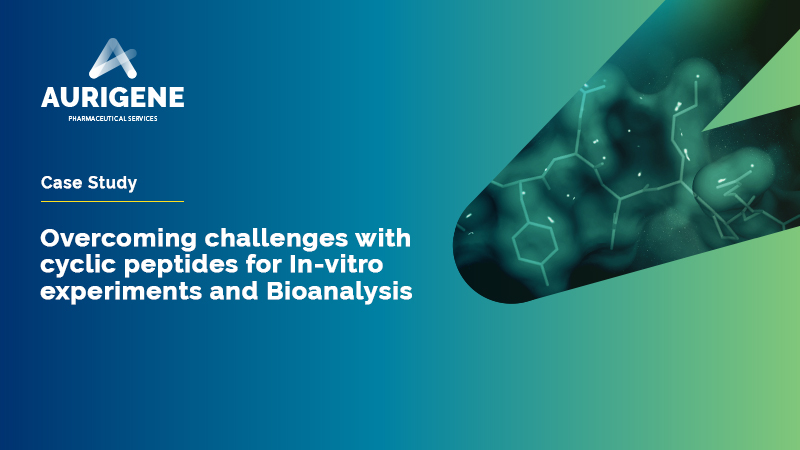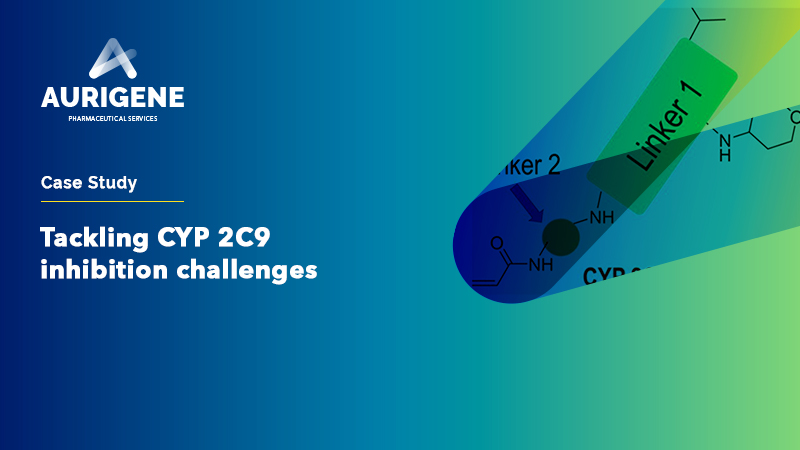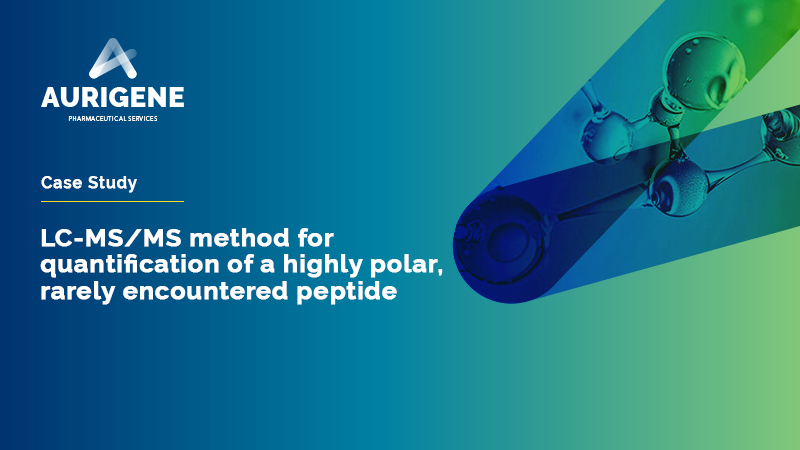
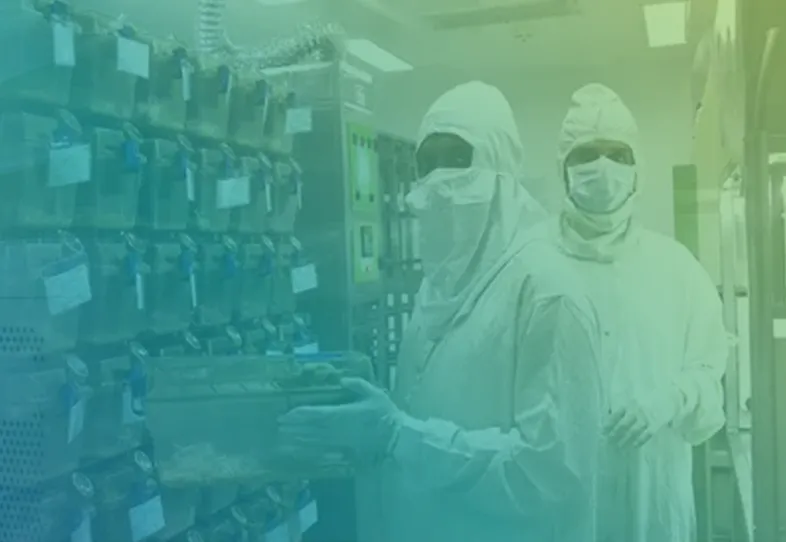
In vivo pharmacology is essential to evaluate the complex physiological effects of a drug in the living organism. Aurigene offers in vivo pharmacology studies to assess the effectiveness and early toxicity of small compounds and large molecules. Our in vivo pharmacology services are backed by an AAALAC-accredited vivarium.
Our expanding disease models include areas such as pain management, inflammation and auto immune diseases, metabolic disorders, oncology, and infectious diseases.
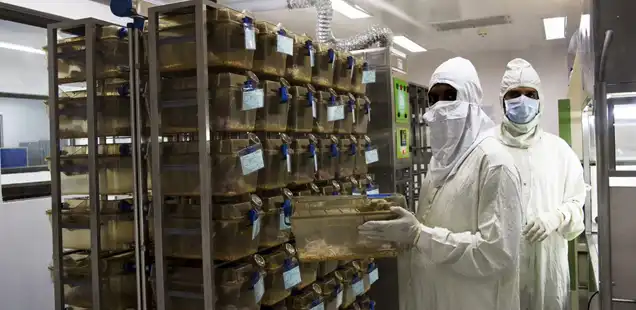
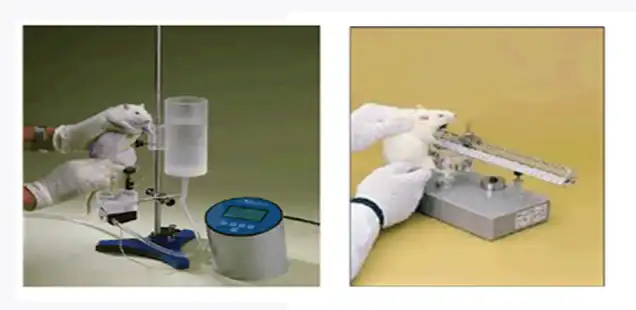
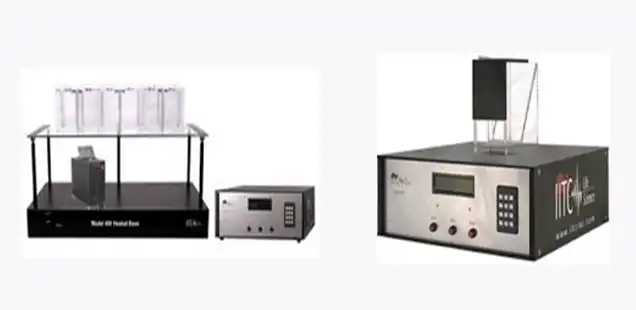
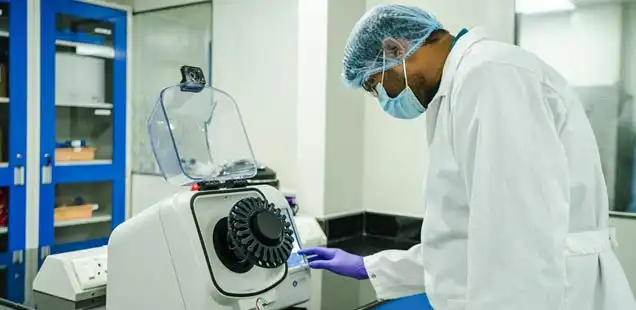
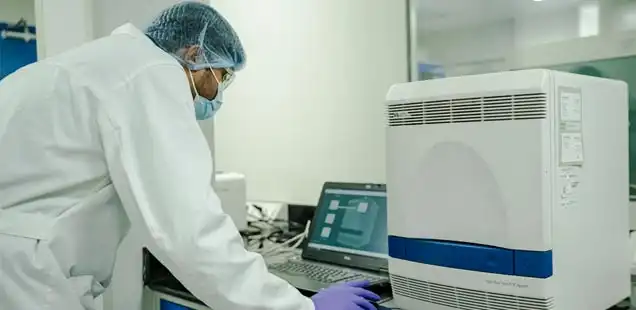
Why Aurigene In vivo Pharmacology Studies Services?
Experience in submissions to the US FDA and DCGI
Highly qualified and experienced scientists
Capacity to handle more than 600 rodents at a given time
AAALAC-accredited vivarium
Connect with our scientific experts for your drug discovery, development, and manufacturing needs
We understand that clear communication is essential to successful collaborations, and that's why we have a dedicated team that is always ready to help you. Whether you have questions about our services, want to discuss a potential partnership, or simply want to learn more about our company, we're here to help.
Our team of experts is dedicated to providing personalised solutions tailored to your unique needs. So, please don't hesitate to reach out to us. We look forward to hearing from you and helping you achieve your business goals.
Learning Resources
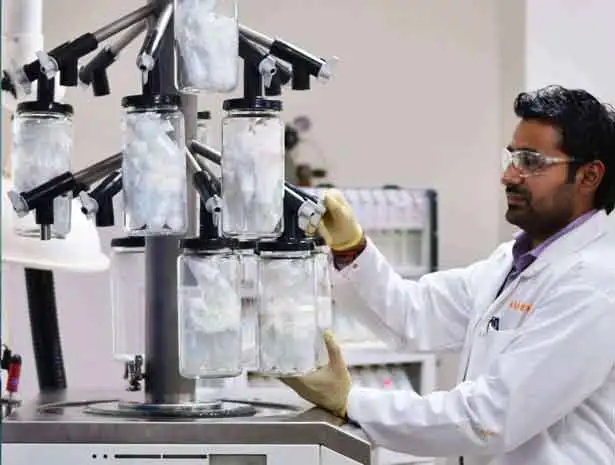
JANUARY 04, 2021
Role of Peptide Synthesis Based Drugs
Amino acids, peptides and proteins play multiple roles in the normal functioning of the body.Group of amino acids between 2 to 50 are called peptides. They often act as hormones and play diverse roles in the normal biological processes in the human body such as metabolism, intercellular signaling and neurotransmission.Peptide synthesis based drug have a high pote...
Read More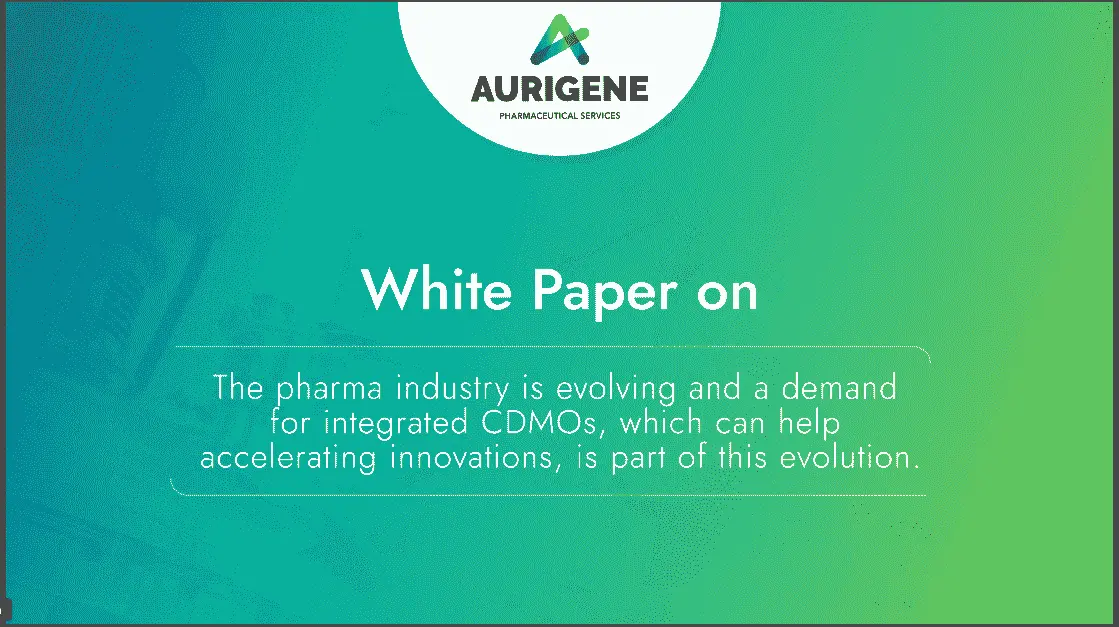
Evolution in Pharma Industry and Demand for Integrated CDMO
The pharma industry is evolving and a demand for integrated CDMOs, which can help accelerating innovations, is part of the evolution....
Read More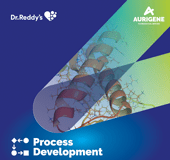
Biologics Process Development Services
Our strength is built on a deep understanding of cell culture, protein chemistry and an integrated analytics platform enabling a robust, scalable and controlled process. ...
Read More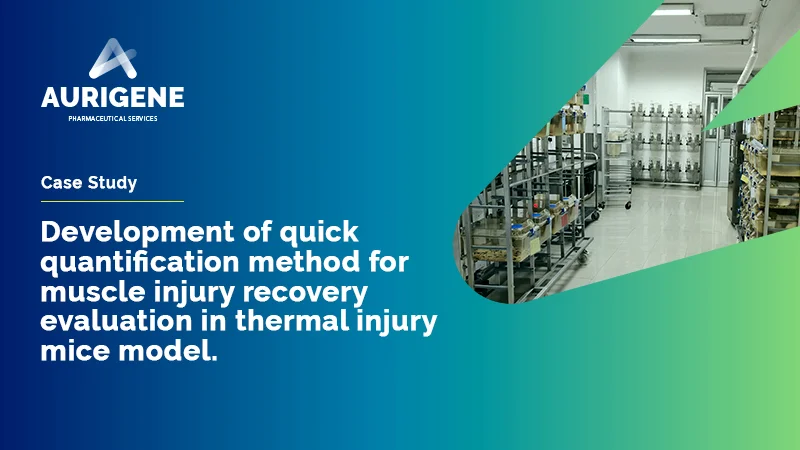
Development of quick quantification method for muscle injury recovery evaluation in thermal injury mice model
Challenges: The evaluation of Evans Blue Dye (EBD) by fluorescence measurements of cryosections of individual muscle sections, and its quantification by auto fluorescence is a laborious and time-consuming process. Study design: Both sham and thermal injury techniques were followed. The evaluation of EBD was done to assess the effectiveness of two compounds in the...
Read MoreAugust 28, 2020
Synthesis of 2-hydroxy-3-alkyl-2-phenyl-2,3- dihydroquinazolin-4(1H)-one via molybdenum hexacarbonyl mediated CO gas- and ligand free carbonylative reactions
Carbon monoxide gas and ligand-free conditions were developed for the synthesis of 2-hydroxy-3-alkyl-2-phenyl-2,3-dihydroquinazolin4(1H)-one via catalytic carbonylation with molybdenum hexacarbonyl as an efficient carbonylating agent for the three-component reaction of isatoic anhydride, amine, iodobenzene. Mo(CO)6 is a solid carbon monoxide source. The quinazoli...
Read More-
January 31, 2025
Development and assessment of a Bcs class II - SGLT2 (Sodium Glucose Cotransporter 2) inhibitor drug in the form of solid lipid Nanoparticles by selecting different lipids, co-surfactants, and manufacturing techniques
Drug Delivery System (DDS) has been used successfully in the past few decades to cure illnesses and enhance health because of its improved systemic circulation and ability to regulate the drug's pharmacological action. As pharmacology and pharmacokinetics advanced, the idea of controlled release emerged, demonstrating the significance of drug release in assessing...
Read More -
January 31, 2025
Development of novel paullone-based PROTACs as anticancer agents
Proteolysis-targeting chimera (PROTACs) represents a promising modality that has gained significant attention for cancer treatment. Using PROTAC technology, we synthesized novel structurally modified paullone-based PROTACs using Cereblon (CRBN) and Von Hippel–Lindau (VHL) E3 ligands....
Read More -
March 13, 2025
Development and verification of RP-HPLC method for the quantitative determination of Decitabine in tablet dosage formulation
Decitabine is an anti-cancer chemotherapy drug. This article describes method development and method verification of Assay of Decitabine in tablet formulation. A new, precise, rapid, accurate RP-HPLC method has been developed for the estimation of Decitabine in pharmaceutical tablets dosage form. After optimization the good chromatographic separation was achieved...
Read More
You are about to leave Aurigene Pharmaceutical Services and affiliates website. Aurigene Pharmaceutical Services assumes no responsibility for the information presented on the external website or any further links from such sites. These links are presented to you only as a convenience, and the inclusion of any link does not imply endorsement by Aurigene Pharmaceutical Services.
If you wish to continue to this external website, click Proceed.

Leaving already?
Don't forget to join us at
CPHI Worldwide 2023.
October 24th-26th, 2023 | Barcelona, Spain
Get ready to accelerate your drug’s journey to the market

